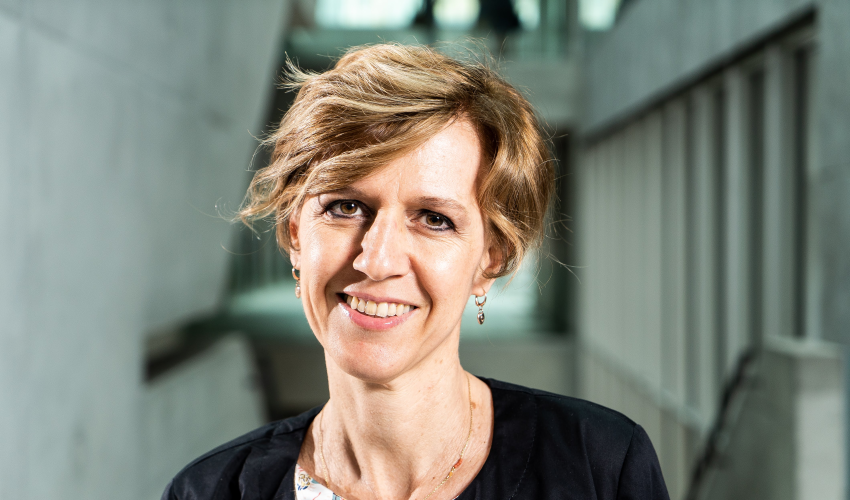
Why Politics Needs Women and How to Increase Their Share
ALTHOUGH UNDERREPRESENTED IN ALMOST ALL COUNTRIES OF THE WORLD, WOMEN ARE LESS CORRUPTIBLE AND BETTER TEAM WORKERS. THERE EXISTS AN ARRAY OF TOOLS TO ADDRESS GENDER DISPARITY, BUT IT REMAINS TO BE SEEN WHETHER THE POLITICAL WILL IS THEREby Alessandra Casarico, Dept. of Social and Political Sciences, Bocconi
Translated by Alex Foti
Gender inequality is greater in the political sphere than in the economic sphere. According to the Global Gender Gap Index (World Economic Forum, 2018), based on the average calculated for the 150 countries considered in this annual report, only 22% of the gap between women and men was bridged in political participation, compared to 59% of the gap filled in terms of economic participation (where 100% is perfect gender equality). In Europe, women are on average 30% of MPs and 29.5% of government ministers. In the European Parliament, women MPs are about 36% of the total, a greater female representation than any individual national parliament, with the exception of Belgium, Denmark, Portugal, Lithuania, Bulgaria, Estonia, and Cyprus.
There are several reasons that explain the low female presence in political institutions, and they are about the obstacles that women need to overcome in the selection process that leads to elective office. First of all, women themselves may not be available for or interested in political competition, for instance because they have no role models to look up to, or because they suffer more than men from the lack of time available to devote themselves to political activity, being more engaged than the former in unpaid household work. Lastly, they might think they have less prospects for success, which has a negative impact on their willingness to run. However, parties also play an important role: they often discriminate against women in their lists or nominate them only in constituencies where the chances of winning are lower. Finally, if voters can only express one preference, they can pick either a male or a female candidate, thus determining the gender composition of those elected.
Women are about 50% of the electorate and fair representation would require they filled half of decision-making posts, which is clearly not the case. But it's not just a matter of numbers. There are studies showing that women in politics are better at working in teams and less prone to corruption. For developing countries, there is empirical evidence that women in politics act as role models for girls, who have an incentive to invest more in themselves to gain space in the economy and in society. More controversial is the empirical evidence concerning the impact of women on public policy: while there are studies that show that, in certain contexts, women allocate more resources to education, environment and health, in others female representation does not translate into the effective representation of the interests of women. The question is therefore not only what the percentage of women in politics is, but also how they can make a difference in political decision-making. Still, increasing their number is a necessary condition to do so. But how do we get there?
Setting gender quotas is one of the most frequent tools for achieving that objective: they exist in many European countries; in some cases, they are voluntarily set by political parties, while in others they are required by law. They can concern the local level or the national level. Although widespread and time-tested, quotas still cause controversy in policy circles. What do we know about the effectiveness of the quotas? Research tells us that in Italy, for example, where quotas were in use of for a brief period in the 1990s and have been in place again since 2013 for municipal elections, they have increased the number of women in city councils, have rejuvenated the political class, increased voters’ participation, and, above all, improved the quality of elected politicians. In a recent work, we showed how the double gender preference – another tool being used to increase women’s representation in politics – when combined with gender quotas, increases the presence of women in municipal councils, thanks to the greater number of preference votes going to women candidates, and has spillover effects on composition of regional councils as well, although they are not bound by law to respect gender diversity in the same way as the electoral law for municipalities mandates.
The tools to increase the presence of women in politics are there and so are the reasons for doing it. If only the political will was there to achieve the gender transition in contemporary politics.
